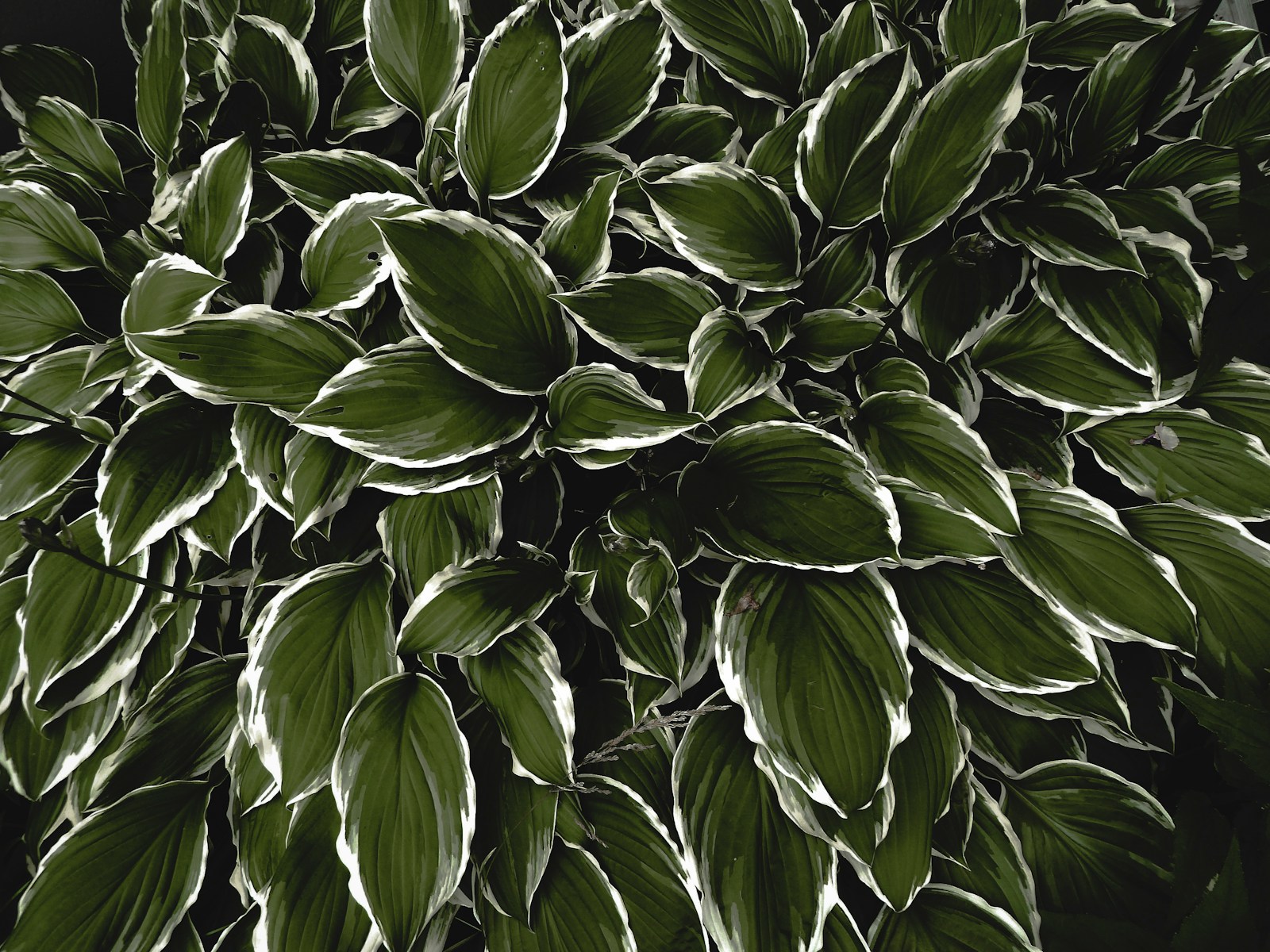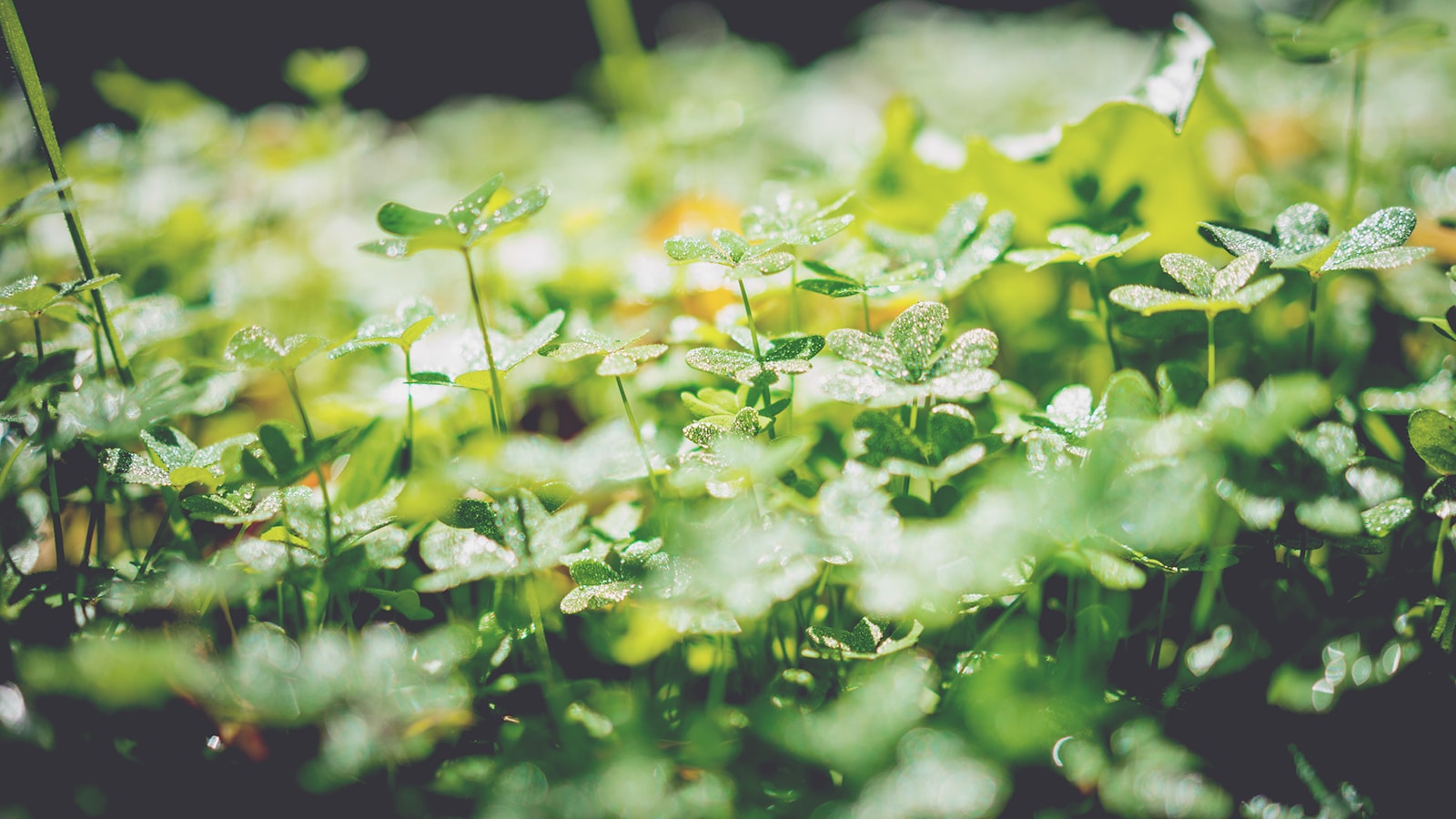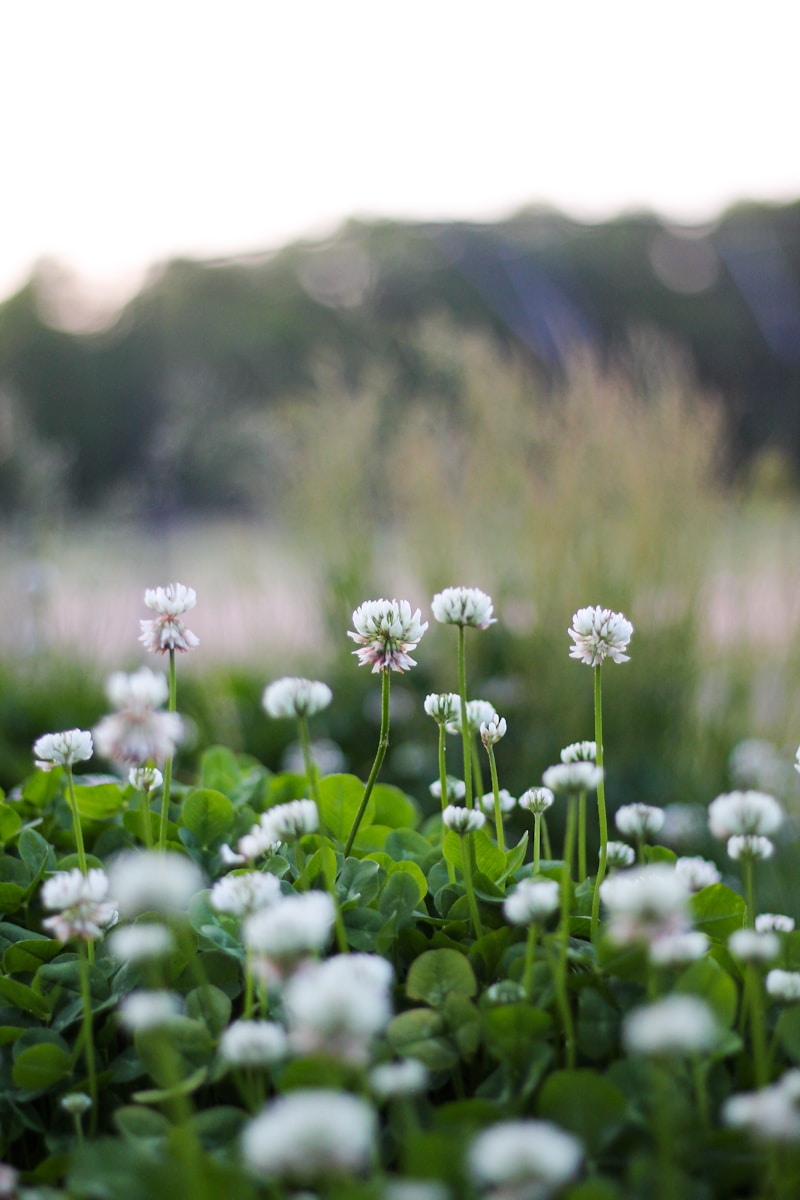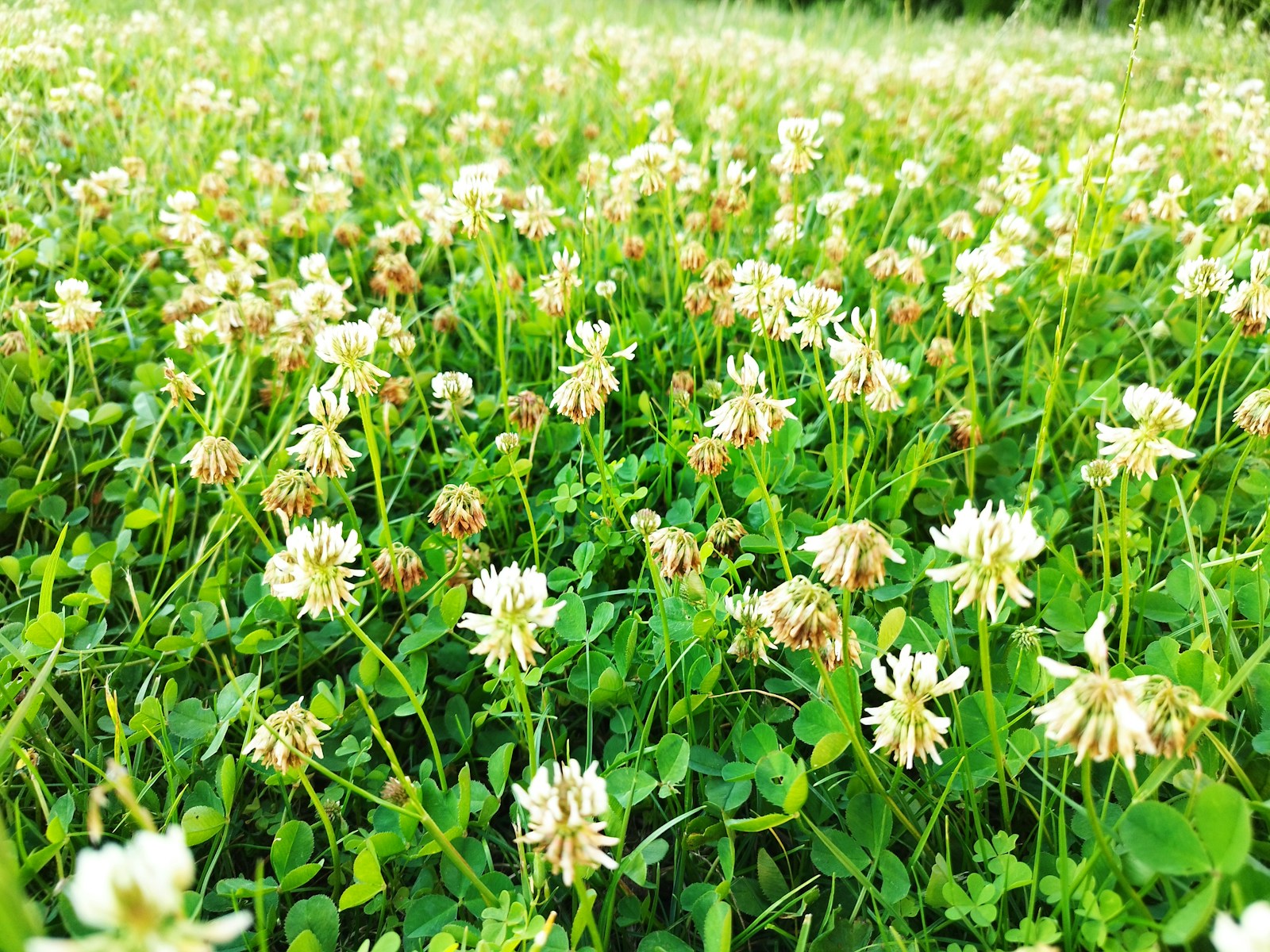Hostas, the shade garden’s superstar, are prized for their lush foliage and low-maintenance nature. But left undivided, they become overcrowded, leading to stunted growth, fewer blooms, and vulnerability to pests. Dividing hosta plants isn’t just about aesthetics—it’s a science-backed strategy to rejuvenate their vigor. According to the University of Maryland Extension, division improves air circulation, reduces disease risk, and allows roots to access nutrients more efficiently.
Take inspiration from Linda, a gardener in Asheville, NC, who inherited a cramped hosta bed from the previous homeowner. After splitting her ‘Blue Angel’ hostas every three years, she transformed her yard into a verdant oasis. “Dividing feels like hitting the reset button,” she says. “The plants bounce back fuller, and I’ve shared divisions with half my neighborhood!”
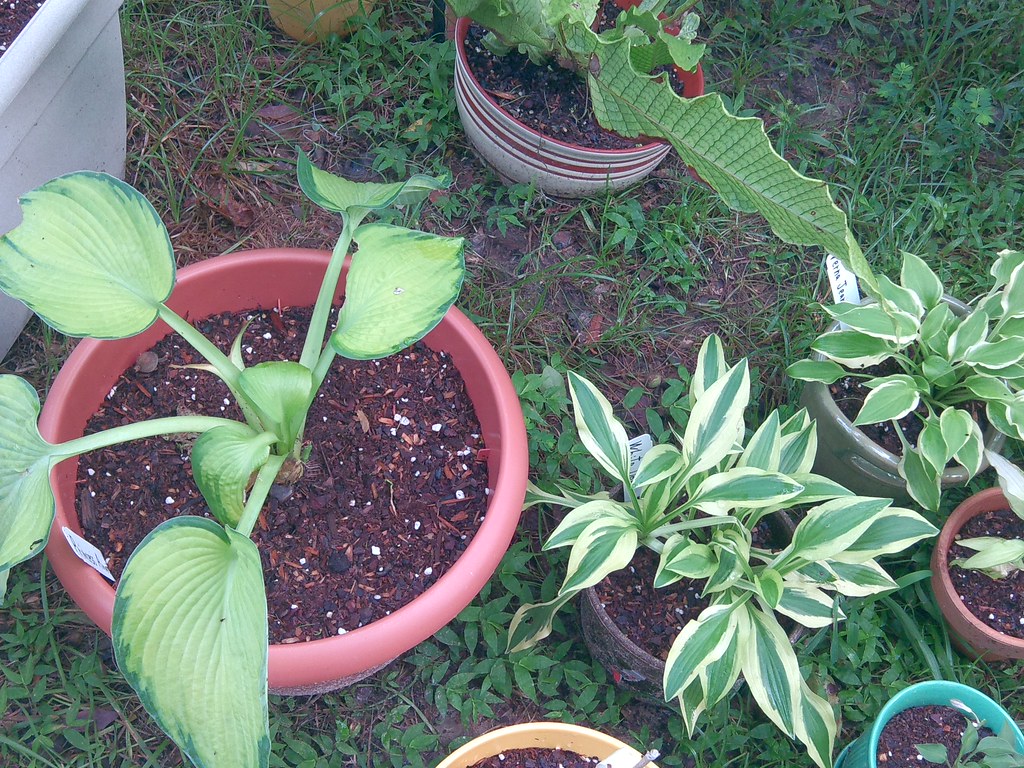
When to Split Hostas: Timing Is Everything
Timing is critical to minimize stress on these hardy perennials. The two optimal windows are:
- Early Spring: As soon as the “eyes” (new shoots) peek through the soil, hostas are primed for division. Cool, moist spring weather supports root recovery.
- Early Fall: Aim for 4–6 weeks before the first frost. Fall divisions focus on root establishment, giving plants a head start for spring.
Avoid summer, when heat and drought strain plants. Regional timing matters:
- Warm Climates (e.g., Austin, TX): Divide in late February or March.
- Cooler Zones (e.g., Portland, OR): Target September to early October.
- Humid Regions (e.g., Charleston, SC): Spring division avoids soggy fall soil.
The USDA Plant Hardiness Zone Map is a handy reference for local frost dates.
Essential Tools for Success
Gather these tools to ensure clean, efficient splits:
- Sharp Spade or Garden Fork: For lifting the root ball without damaging roots.
- Pruning Knife or Handsaw: Sterilize with rubbing alcohol to prevent disease spread.
- Gardening Gloves: Protect hands from sharp edges and soil microbes.
- Watering Can or Hose: Hydrate plants pre- and post-division.
- Organic Compost/Mulch: Boosts soil fertility and moisture retention.
Pro Tip: For small hostas like ‘Mouse Ears,’ a butter knife works as a precision tool!
Step-by-Step Guide to Dividing Hosta Plants
1. Hydrate the Plant: Water deeply 24–48 hours before digging to soften soil and reduce root shock.
2. Dig with Care: Circle the plant with a spade, 6–8 inches from the base. Tilt the tool to lift the root ball gently.
3. Shake Off Soil: Expose the crown (where roots meet stems). Rinse with water if needed to spot eyes.
4. Divide the Crown:
- Small Hostas: Use hands to pull apart offsets.
- Large Clumps: Slice vertically with a knife, ensuring each division has 3+ eyes and healthy roots.
5. Trim Damaged Roots: Snip broken or rotting roots to encourage new growth.
6. Replant Immediately: Dig holes twice the root width. Set divisions at original depth, spacing 12–36 inches apart (depending on variety).
7. Mulch and Water: Apply 2–3 inches of compost, then water thoroughly. Keep soil moist for 4–6 weeks.
Case Study: In Ann Arbor, MI, urban gardener Raj split his ‘Patriot’ hostas in early spring. By midsummer, divisions had doubled in size, proving that proper technique pays off.
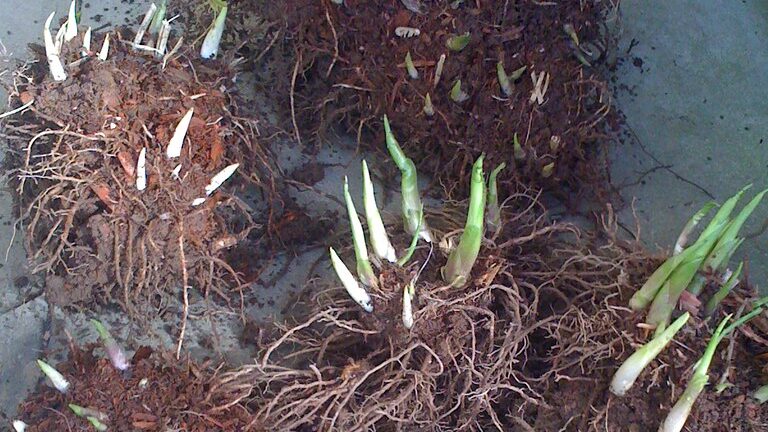
Spring vs. Fall Division: Which Is Better?
| Factor | Spring | Fall |
|---|---|---|
| Weather | Cool, moist | Cool, pre-frost |
| Root Growth | Active shoot growth | Focus on root establishment |
| Best For | Fast recovery, visible growth | Overwintering preparation |
| Risk | Late frost damage | Early frost or soggy soil |
| Ideal Varieties | Fast-growers like ‘Guacamole’ | Slow-growers like ‘Halcyon’ |
Expert Insight: The Chicago Botanic Garden recommends spring for novice gardeners, as visible shoots simplify division.
Common Mistakes (and Foolproof Fixes)
- Dividing Too Early or Late:
- Mistake: Splitting hostas in summer or mid-frost.
- Fix: Stick to spring/fall and check local frost dates.
- Oversized or Tiny Divisions:
- Mistake: Creating divisions with 1 eye or 10+ eyes.
- Fix: Aim for 3–5 eyes per division for balanced growth.
- Ignoring Soil Prep:
- Mistake: Replanting in nutrient-depleted soil.
- Fix: Amend soil with compost or slow-release fertilizer.
- Overwatering:
- Mistake: Drowning roots in soggy soil.
- Fix: Water deeply but let soil dry slightly between sessions.
Troubleshooting Post-Division Problems
- Wilting Leaves: Trim foliage by 50% to reduce moisture loss.
- Yellowing Leaves: Sign of overwatering or poor drainage. Add perlite to soil.
- Slug Attacks: Hostas are slug magnets. Apply diatomaceous earth or beer traps.
- No New Growth: Be patient! Divisions may take 2–3 weeks to establish.
Pro Tip: Dust cuts with cinnamon—a natural antifungal—to prevent rot.
Sustainability and Community Benefits
Dividing hostas is a pillar of sustainable gardening:
- Reduce Waste: Avoid plastic pots and nursery emissions by sharing divisions.
- Support Biodiversity: Healthier hostas attract pollinators like bees and hummingbirds.
- Build Community: Join plant swaps in cities like Nashville or Seattle to trade hostas for other perennials.
The American Horticultural Society notes that plant-sharing initiatives reduce landfill waste by 12% in participating neighborhoods.
Real-Life Success Stories
- Denver’s Hostas Haven: Mark and Sarah split their ‘Sum and Substance’ hostas every three years. Their fall routine includes mulching with shredded leaves, resulting in 50+ thriving plants.
- Florida’s Shade Solution: Despite Florida’s heat, Mia in Tampa divides her ‘June’ hostas in February, using shade cloth to protect new divisions.
FAQs Answered by Experts
Q: Can I divide hostas in bloom?
A: Avoid it—energy is focused on flowers, not roots. Post-bloom fall is safer.
Q: How often should I divide hostas?
A: Every 3–5 years, or when the center dies back (“doughnut hole” effect).
Q: Can I grow divisions in pots?
A: Yes! Use well-draining soil and keep pots shaded until roots establish.
Final Thoughts
Dividing hosta plants is equal parts art and science. Whether you’re in sunny San Diego or snowy Boston, this practice ensures vibrant, sustainable gardens. Grab your tools, embrace the rhythm of the seasons, and let your hostas thrive—one split at a time.
